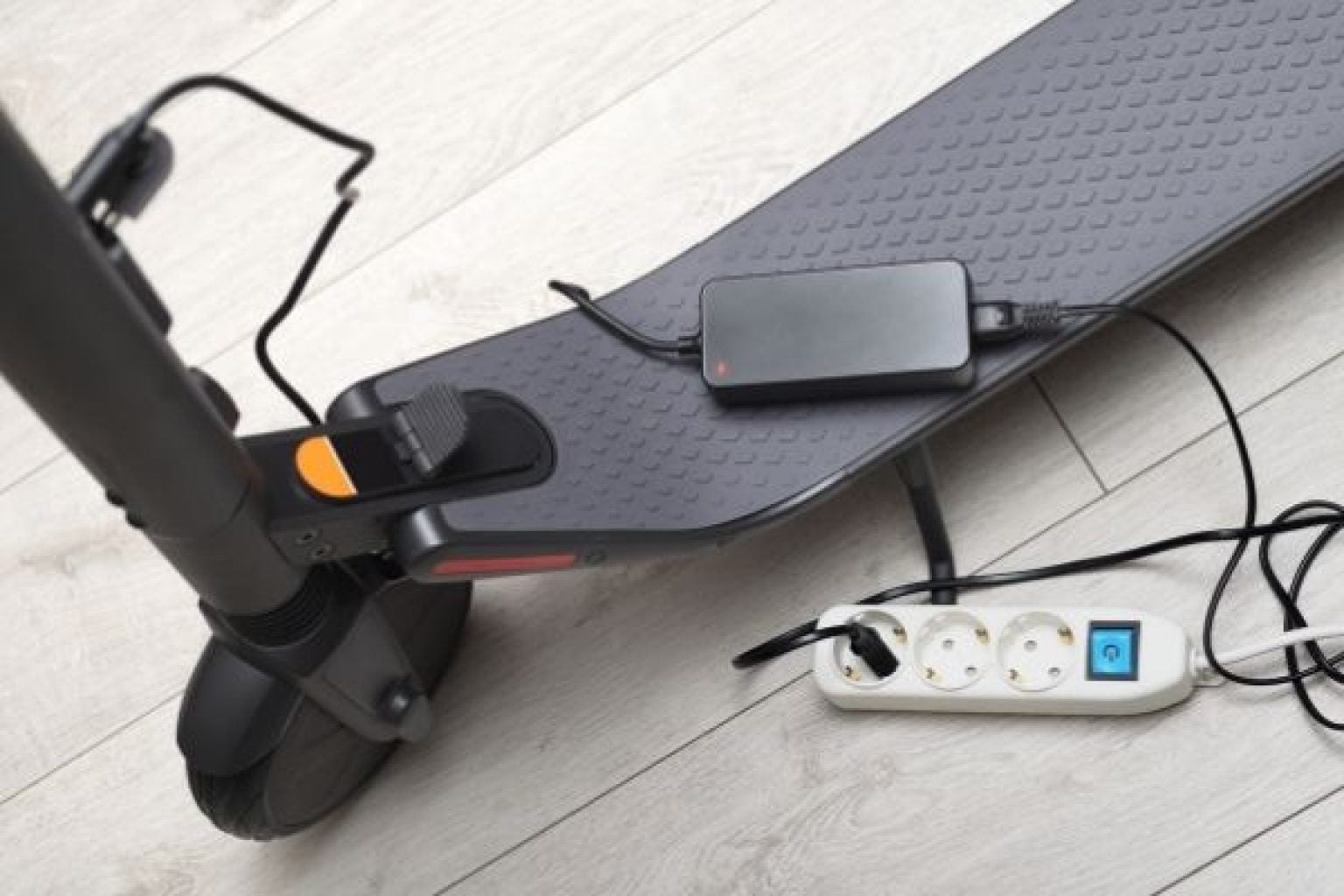I. Introduction
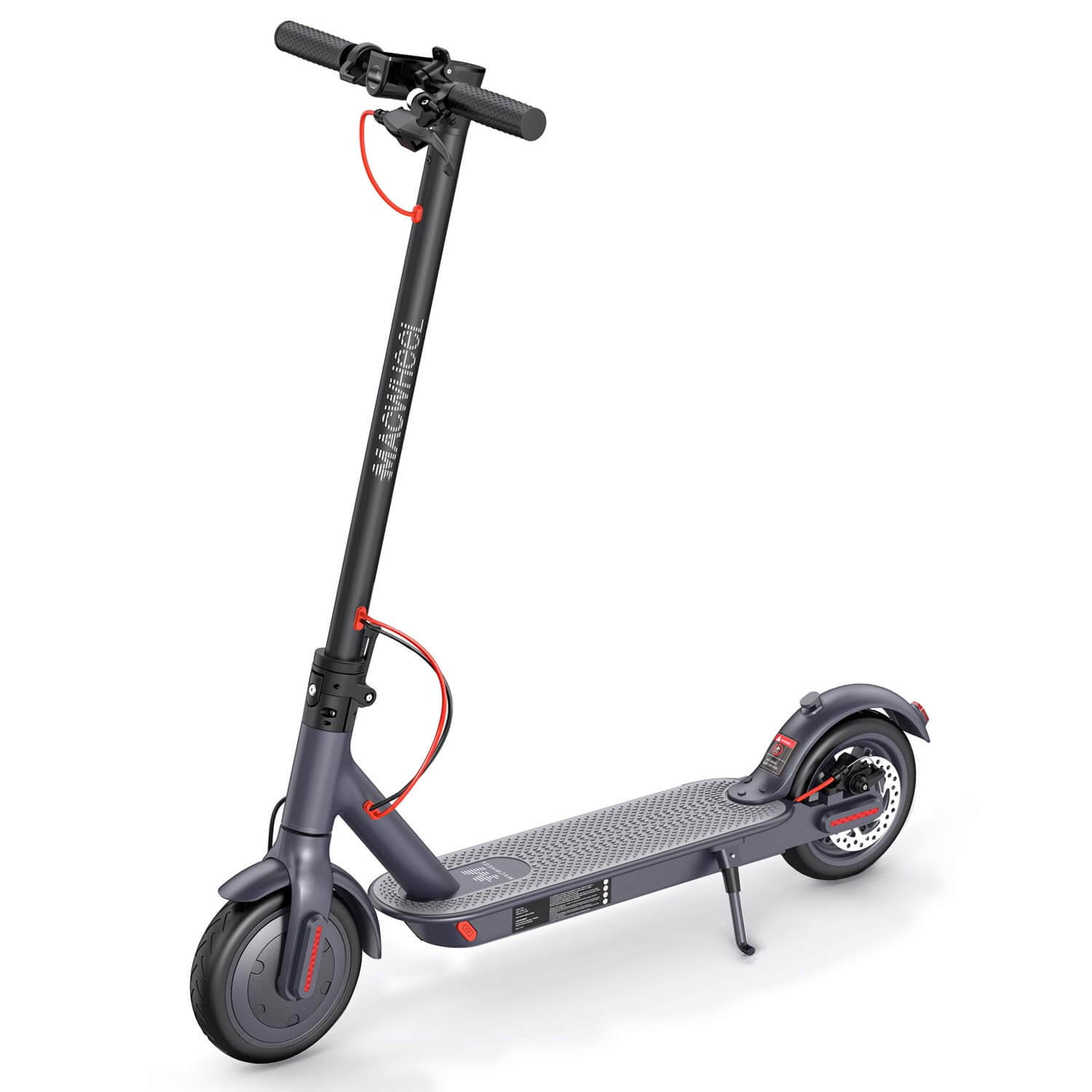
A. Importance of identifying and resolving charging issues in electric scooters
Electric scooters have become a popular mode of transportation, offering convenience and eco-friendly benefits. However, when the charger stays green and fails to indicate the charging process, it is crucial to address the issue. Properly identifying and resolving charging problems ensures the scooter’s optimal performance, extends the battery life, and prevents unexpected power failures during usage.
B. Overview of the problem: charger staying green and not indicating the charging process
When an electric scooter’s charger stays green and does not change color to indicate the charging process, it can be concerning. This indicates that the charger is not recognizing the scooter’s battery status or that the battery is not receiving a charge. In the following sections, we will explore common causes for this issue and provide potential solutions.
II. Common Causes of Electric Scooter Charger Staying Green
A. Faulty charger indicator
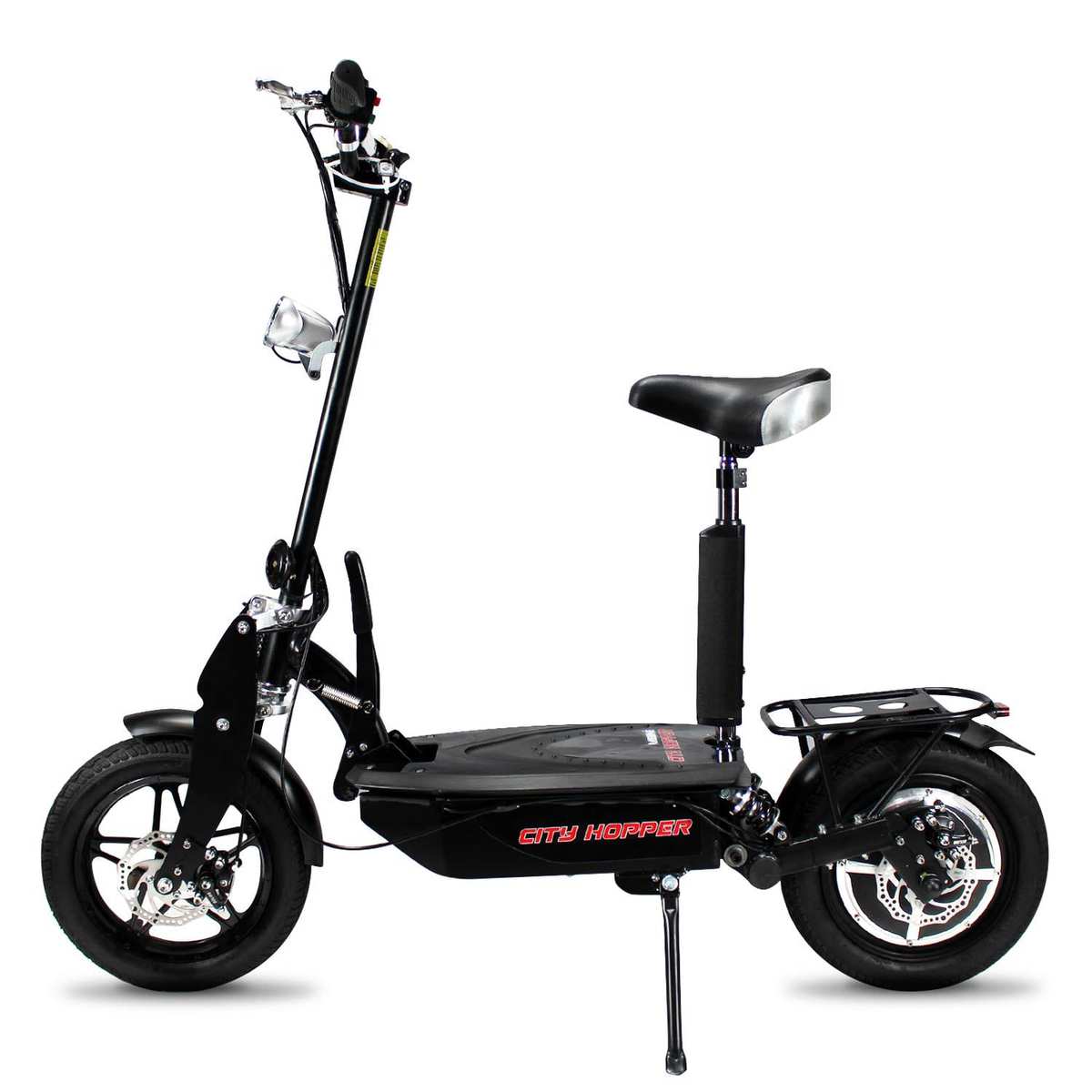
- Bulb or LED malfunction
The indicator light on the charger may be faulty, resulting in it staying green regardless of the actual charging status. This can occur due to a burned-out bulb or LED, preventing the charger from accurately indicating the charging process. In such cases, the charger is still providing a charge to the scooter, but the indicator fails to reflect this.
- Wiring issues
Wiring problems within the charger can also cause the green indicator to stay on continuously. Loose, damaged, or faulty wiring connections can disrupt the charging circuit and prevent the charger from properly detecting and displaying the charging status.
- Fully charged battery
If the scooter’s battery is already fully charged, the charger may not initiate the charging process. This can occur if the scooter has recently been used or if the battery is functioning correctly and has reached its maximum charge capacity. In such cases, the charger’s green light will remain on, indicating that the battery does not require further charging.
- Faulty battery connection
A faulty connection between the battery and the scooter can prevent the charger from recognizing the battery’s charging needs. Loose, corroded, or improperly connected battery terminals can interrupt the charging process, leading the charger’s green light to stay on.
III. Solutions for Electric Scooter Charger Staying Green
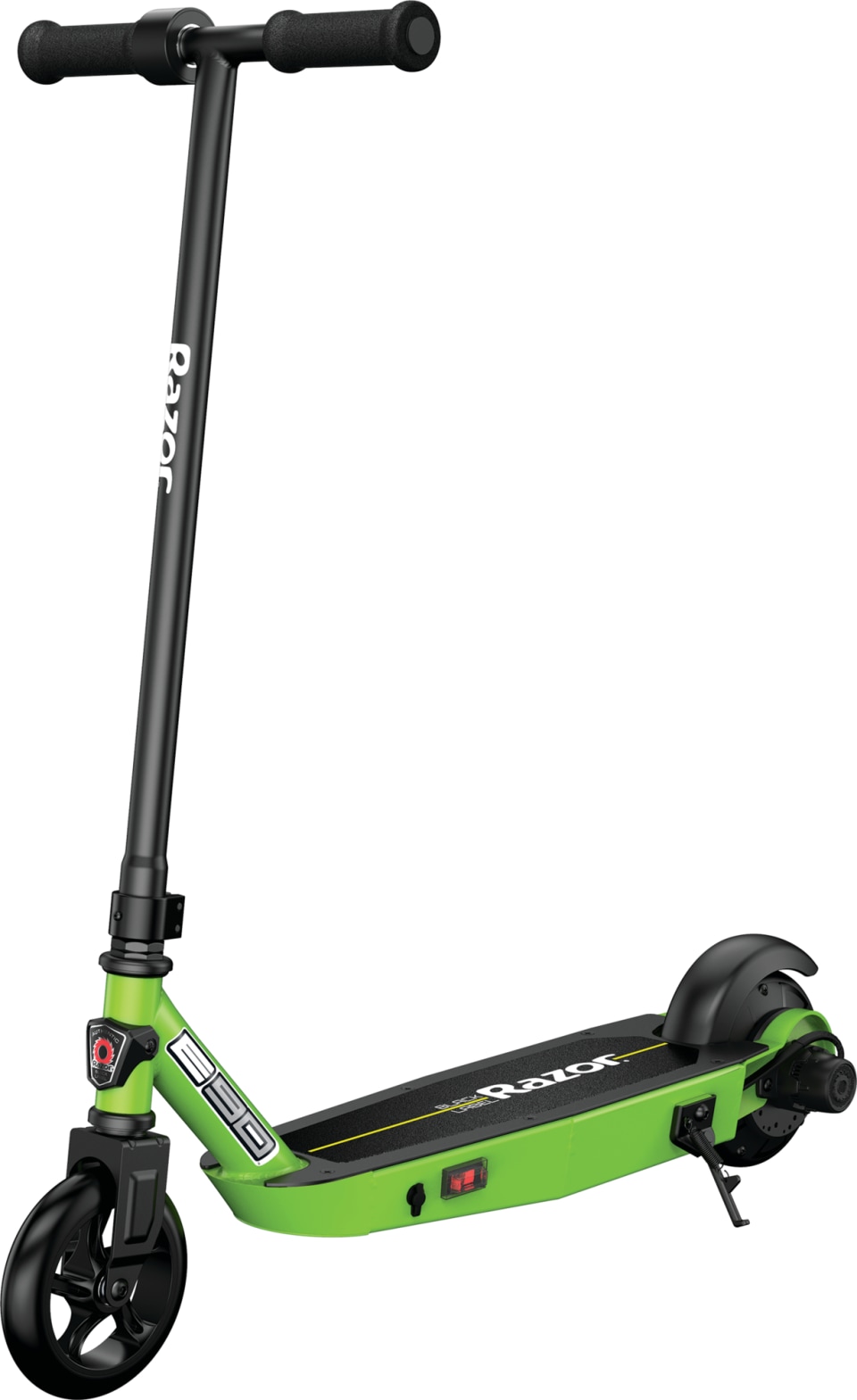
A. Testing the charger
- Using a multimeter to check voltage output
To determine if the charger is functioning correctly, you can use a multimeter to measure its voltage output. Connect the multimeter probes to the charger’s positive and negative terminals, ensuring proper polarity. Check the voltage reading displayed on the multimeter. Refer to the charger’s specifications to verify if the voltage output falls within the expected range. If the charger’s voltage output is significantly lower than the specified value, it may indicate a malfunctioning charger.
- Testing the charger on a different electric scooter
Another troubleshooting method is to test the suspect charger on a different electric scooter. If possible, borrow or use another electric scooter that is compatible with the charger. Connect the charger to the scooter and observe if the charger’s indicator changes from green to a different color, indicating the charging process. If the charger works correctly on the other scooter, it suggests that the issue may lie with the original electric scooter rather than the charger itself.
B. Checking battery status and connections
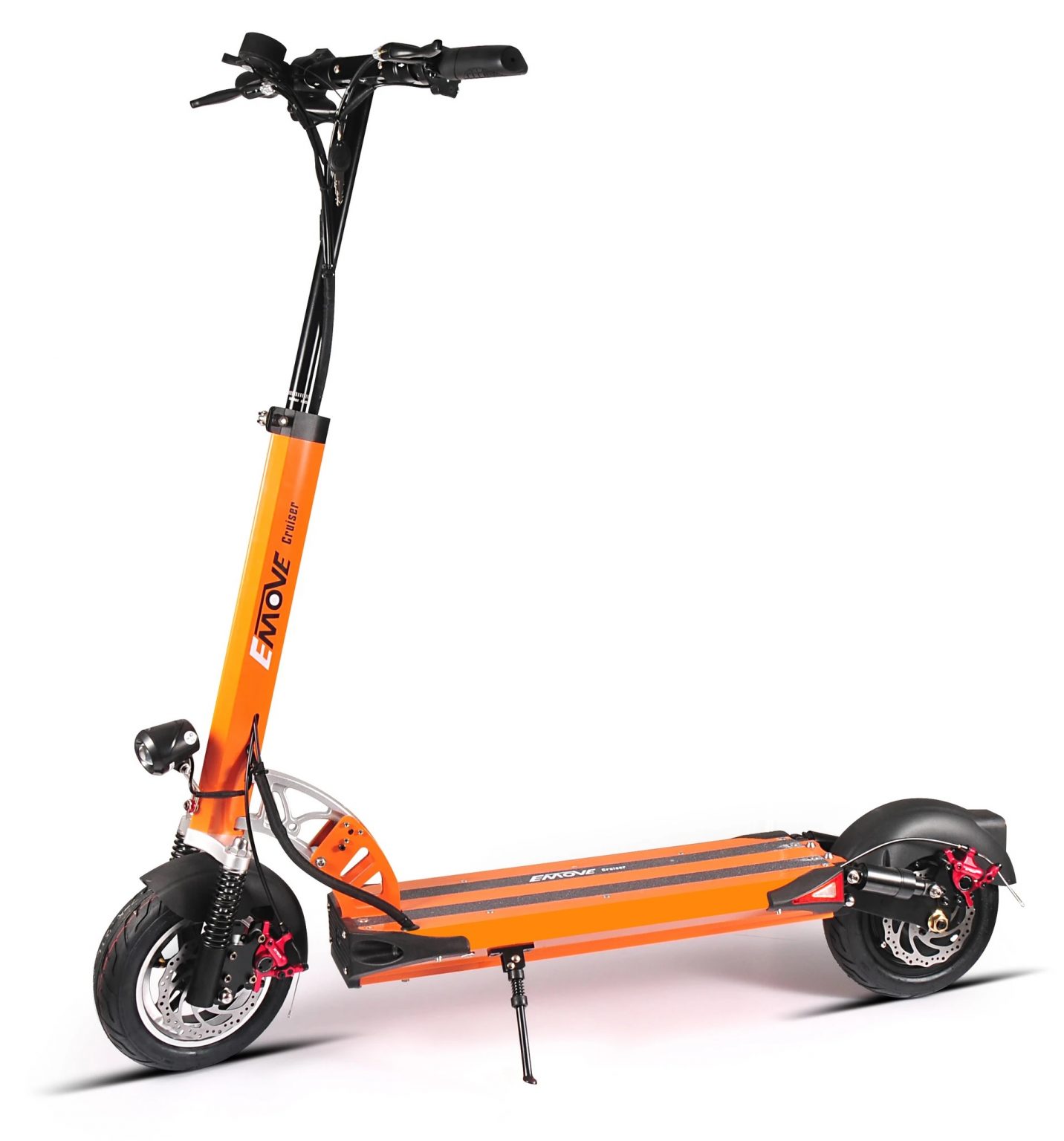
- Using a voltmeter to measure battery voltage
To assess the battery’s condition, you can use a voltmeter to measure its voltage. Activate the electric scooter’s power switch to ensure the battery is engaged, and then connect the voltmeter’s positive and negative probes to the corresponding battery terminals. Take note of the voltage reading displayed on the voltmeter. Compare the measured voltage against the battery’s recommended voltage range specified by the manufacturer. If the measured voltage is significantly below the expected range, it suggests a potential issue with the battery.
- Inspecting battery connections for looseness or corrosion
Loose or corroded battery connections can hinder the charging process and contribute to the charger staying green. Inspect the battery terminals and connectors for any signs of looseness, corrosion, or oxidation. Use a wire brush or a suitable cleaning agent to remove any buildup or corrosion. Ensure that the battery connections are securely fastened to maintain a proper electrical connection.
IV. Additional Troubleshooting Steps
A. Resetting the electric scooter’s battery management system
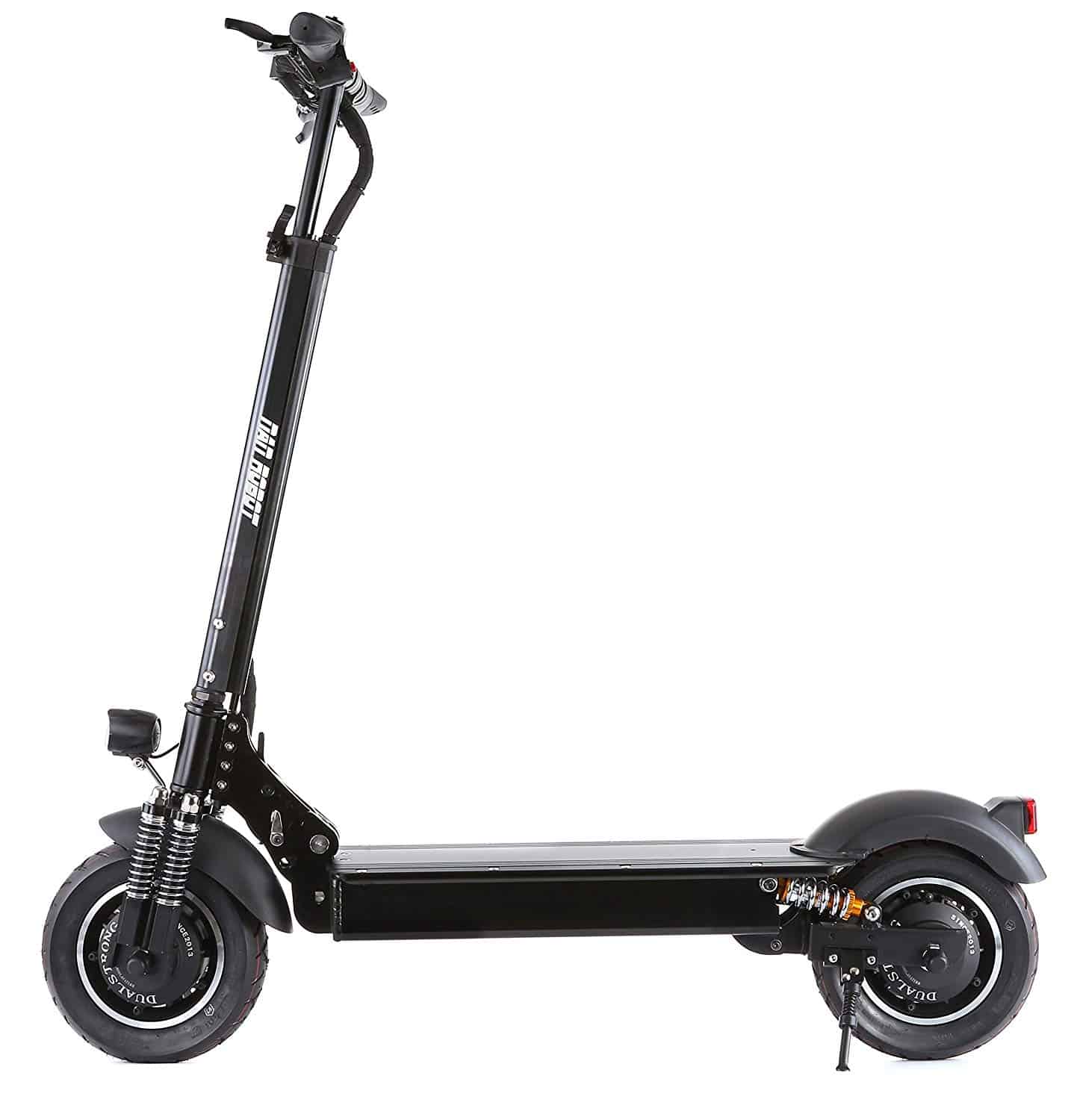
Some electric scooters have a battery management system (BMS) that regulates the charging process. Resetting the BMS can help resolve charging issues. Check the electric scooter’s user manual or contact the manufacturer for specific instructions on how to reset the BMS.
B. Inspecting and replacing faulty charger components
If none of the previous solutions resolve the problem, it may be necessary to inspect the charger’s components for any signs of damage or malfunction. Open the charger if possible and visually examine the internal wiring, fuse, or LED indicator. Replace any faulty components and ensure that all connections are secure and in good condition.
C. Seeking professional assistance if necessary
If the electric scooter charger continues to stay green after attempting the above troubleshooting steps, it may be time to seek professional assistance. Reach out to the manufacturer’s customer support or an authorized service center to diagnose and resolve the issue accurately. They will have the expertise and specialized equipment to identify and repair complex charging system problems.
V. Conclusion
When facing an electric scooter charger that stays green, it is essential to systematically troubleshoot potential issues. Testing the charger’s voltage output and trying it on a different scooter can help determine if the problem lies with the charger or the scooter’s charging system. Checking the battery’s voltage and connections ensures that they are in good condition. Additional troubleshooting steps, such as resetting the battery management system and inspecting or replacing faulty charger components, can help resolve the issue. If all else fails, seeking professional assistance will provide accurate diagnosis and proper repairs for the electric scooter’s charging system. By following these troubleshooting steps and maintaining the charging system, electric scooter users can enjoy hassle-free rides and a reliable charging experience.
